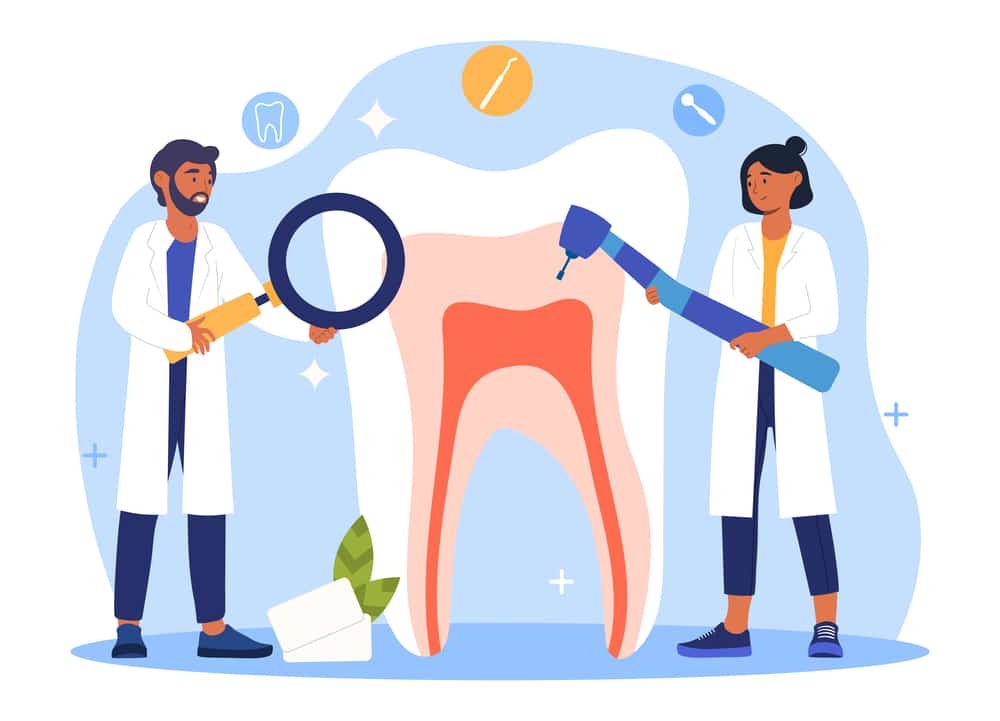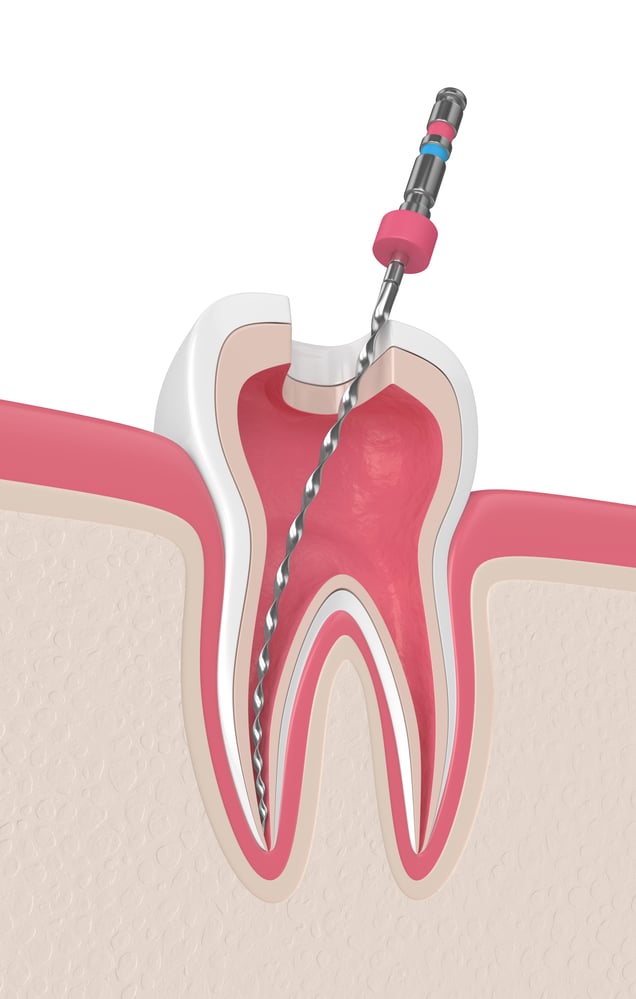
Root canals have quite the reputation. In spite of the fact that they’re evolved into a normal dental procedure and one that is no more painful than having a cavity filled, myths still persist, like claims that they’re excruciatingly painful to have done or that they can make you sick. Learning a bit about the history of root canals can help you understand where these myths come from and how it is that the field of endodontics has evolved to alleviate patients’ pain.
If you’d like to learn more about popular myths about root canals or just how painful root canals are, check out our previous blogs: 4 Myths About Root Canals Debunked and Are Root Canals Painful? However, if you’re more interested in the history of root canals, keep reading.
Endodontics Dates Back At Least As Far As 200 B.C.
The Romans are credited with the development of dentistry, potentially due to Greek doctor, Archagathus. Endodontics comes from the Greek words “endo”, which means within, and “odont”, which means tooth. While Dr. Harry B. Johnston coined the term in the 1900s and his was the first practice considered to be limited to endodontics, this type of treatment has been around a long time.

While there’s no way to know just how long people have been doing endodontic treatments, archaeologists discovered a human school in the Negev Israeli desert. This skull had a tooth with a bronze wire in it, which is assumed to have been used to treat a dental infection. It’s also assumed that the Romans are the ones who invented crowns, as well as dentures.
People Believed Root Canals Were Caused By “Tooth Worms”
This theory lasted an incredibly long time, all the way from Babylonian times through the 18th century. The idea was that there were small worms within your teeth. When you had toothaches, gum disease, or cavities, it was thought that this was because of tooth worms drinking blood and eating away at the interior of your teeth.
Physicians would report worms coming out of teeth after scraping around them. Since tooth pain would then be alleviated after the scraping, people believed that removing the worm removed the pain. This part of the history of root canals was then disproven by M. Pierre Fauchard. It was found that when you remove the partially or completely necrotic tooth pulp, it can indeed look like a worm, even though it is not.
Endodontics Continually Evolves Throughout History To Improve Patient Comfort
There’s a reason why people believe that root canals are excruciating: they definitely used to be. Throughout the history of root canals and endodontics as a whole, people have continually sought ways to improve their treatment of these dental issues.
For instance, in the early 1800s, Leonard Koecker would cauterize tooth pulp after exposing it. It would then be protected with lead foil. People have sought to improve the instruments used, such as how Edwin Maynard created an instrument from watch springs specifically for conducting root canal treatment. Edwin Truman used gutta-percha to fill root canals, which is still used to this day.
S.C. Barnum then used rubber leaves in order to isolate the infected tooth during treatment. With G.A. Bowman, he then brought rubber dam clamp forceps to the field, which is another thing endodontists still use today.
In the late 1800s, the first X-rays were discovered, which revolutionized the field of both medicine and dentistry. Since then, endodontics continues to improve in leaps and bounds, having since evolved into a normal dental procedure with endodontics as a normal, recognized dental specialty.
As for the pain, as early as the early 1700s, people were trying to find ways to alleviate the pain. From clove oil with its sedative properties to pulp caps to the invention of anesthesia, throughout the history of root canals, practitioners have sought ways to make the treatment more comfortable and better for their patients.
Endodontics Today

As you can see, we still don’t even know the full extent of the history of root canals. This isn’t even anywhere near a comprehensive history of root canals – not even close! However, for thousands of years, people have sought to alleviate the pain from them with a variety of treatment methods.
Endodontics continues to evolve as a practice. The more that we learn about the body and treatment methods, the more dentistry improves in order to ensure that people receive the highest quality care possible.
David G. Johnson, DDS, provides professional endodontic treatments. Whether you need a root canal or endodontic retreatment, you can count on us to help you. Contact us today to learn more about our services or to schedule an appointment.


